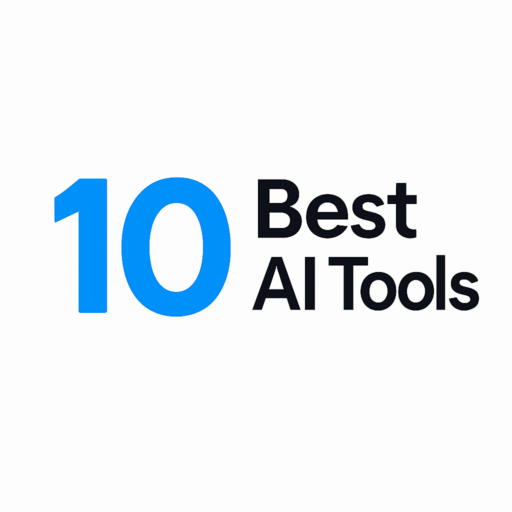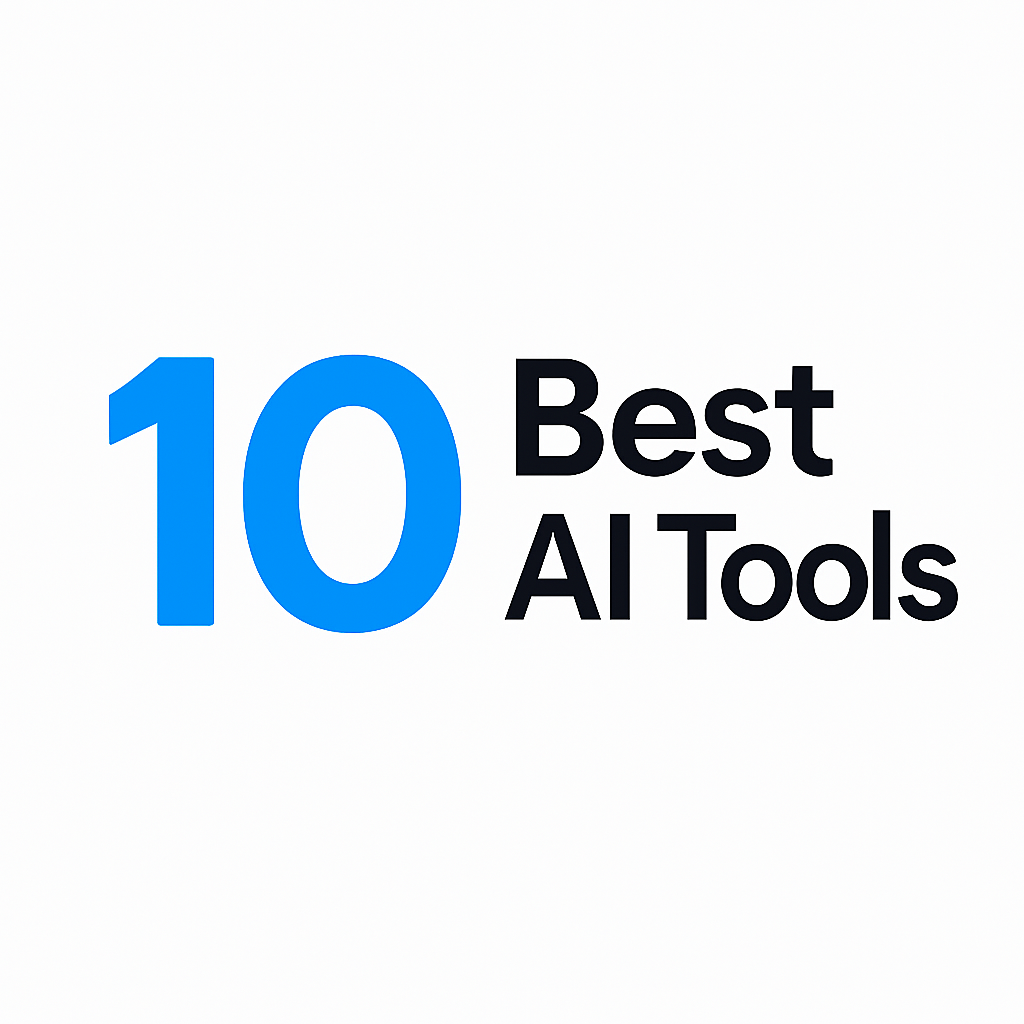Harnessing AI to Turn Chaos into Calm: Your Guide to Focused Living with ADHD
Living with ADHD can feel like ten browser tabs blasting different videos. Focus slips, deadlines sneak up, and simple tasks feel like Everest. But in 2025, AI Tools for Managing ADHD offer real help—boosting focus, managing time, and calming the chaos. This guide covers 10 expert-approved tools built for ADHD brains. Let’s dive in!
Comparison Table: AI Tools for Managing ADHD (2025)
| Tool | Key Features | Pricing |
|---|---|---|
| FocusGenius AI | Adaptive focus sessions, distraction analysis | $15/month |
| TimeWise AI | Smart task prioritization, energy-level tracking | $12/month (free tier) |
| MindfulTask | Gamified to-do lists, mindfulness reminders | $10/month |
| TaskMaster Pro | AI-powered accountability coach | $20/month |
| NeuroFlow | Mood-based task suggestions, biofeedback | $25/month |
| Focus@Will 2.0 | Neuroscientific music engine, focus analytics | $9.99/month |
| Todoist Karma | ADHD-friendly task breakdowns, reward system | $5/month |
| Brain.fm Pro | AI-generated focus soundtracks | $6.99/month |
| Freedom AI | Dynamic website/app blocking, focus streaks | $8/month |
| RescueTime+ | Real-time productivity scoring, goal tracking | $12/month |
Detailed Breakdown of All 10 Tools
1. FocusGenius AI
- Features: Adapts focus sessions based on your distraction patterns (e.g., blocks social media during “low focus” hours). Includes a “deep work” mode that silences non-urgent notifications.
- Pros: Learns your habits over time; great for remote workers.
- Cons: No free plan; steep learning curve.
- Pricing: $15/month.
- Alternative: Freedom AI (cheaper but less adaptive).
- Use Case: “Ideal for freelancers juggling multiple clients.”
2. TimeWise AI
- Features: Schedules tasks based on your energy levels (morning vs. evening productivity). Syncs with Google Calendar.
- Pros: Free tier available; intuitive interface.
- Cons: Limited customization for complex routines.
- Pricing: $12/month (free tier caps at 3 daily tasks).
- Alternative: Todoist Karma (simpler but less dynamic).
- Use Case: “Perfect for students balancing classes and part-time jobs.”
3. MindfulTask
- Features: Turns chores into mini-games (e.g., earning points for finishing emails). Sends mindfulness prompts to reduce overwhelm.
- Pros: Fun and engaging; reduces task aversion.
- Cons: Gamification might feel juvenile to some.
- Pricing: $10/month.
- Alternative: Habitica (free but less AI-driven).
- Use Case: “Great for parents managing household tasks.”
4. TaskMaster Pro
- Features: Acts as your AI accountability partner, sending nudges to start tasks, celebrating milestones, and analyzing your progress patterns. Uses voice recognition to detect procrastination cues (e.g., sighing or verbal frustration).
- Pros: Feels like a supportive friend; great for solo entrepreneurs.
- Cons: Expensive; may feel intrusive if overused.
- Pricing: $20/month.
- Alternative: MindfulTask (gamification instead of coaching).
- Use Case: “For creatives who need a push to start passion projects.”
5. NeuroFlow
- Features: Syncs with wearables (like Fitbit or Apple Watch) to suggest tasks based on real-time stress levels. Offers biofeedback exercises to calm ADHD-induced anxiety.
- Pros: Holistic health focus; HIPAA-compliant.
- Cons: Priciest option; requires wearable device.
- Pricing: $25/month.
- Alternative: TimeWise AI (budget-friendly energy tracking).
- Use Case: “Ideal for professionals juggling high-stress careers.”
6. Focus@Will 2.0
- Features: Generates music optimized for ADHD brains using neuroscience (e.g., tempo adjustments to match your focus rhythm). Tracks which soundtracks boost your productivity.
- Pros: Backed by research; seamless Spotify integration.
- Cons: Music-only approach won’t suit everyone.
- Pricing: $9.99/month.
- Alternative: Brain.fm Pro (cheaper, but less personalized).
- Use Case: “Perfect for remote workers in noisy environments.”
7. Todoist Karma
- Features: Breaks tasks into “ADHD-friendly” micro-steps (e.g., “Write 1 email” vs. “Finish inbox”). Awards karma points for completions, redeemable for real-world rewards (e.g., coffee breaks).
- Pros: Affordable; integrates with Alexa.
- Cons: Basic design; lacks deep analytics.
- Pricing: $5/month.
- Alternative: MindfulTask (more engaging gamification).
- Use Case: “Great for teens managing homework and chores.”
8. Brain.fm Pro
- Features: AI composes focus-boosting soundscapes (e.g., “flow state” beats or nature mixes). Includes a “distraction filter” that muffles background noise.
- Pros: Offline mode available; 5-minute focus sprints.
- Cons: Limited free version.
- Pricing: $6.99/month.
- Alternative: Focus@Will 2.0 (more scientific customization).
- Use Case: “For students studying in crowded dorms.”
9. Freedom AI
- Features: Dynamically blocks distracting apps/websites before you open them (e.g., locks TikTok during work hours). Tracks “focus streaks” to motivate consistency.
- Pros: Works across all devices; easy setup.
- Cons: Can’t block physical distractions (e.g., pets).
- Pricing: $8/month.
- Alternative: FocusGenius AI (more adaptive scheduling).
- Use Case: “Social media addicts reclaiming their time.”
10. RescueTime+
Use Case: “For freelancers auditing their workday inefficiencies.”
Features: Scores your productivity in real-time, flagging “ADHD traps” (e.g., 45-minute YouTube rabbit holes). Sets automatic goals (e.g., “Limit email to 1 hour/day”).
Pros: Data-rich insights; free version available.
Cons: Can trigger guilt if over-monitored.
Pricing: $12/month.
Alternative: TimeWise AI (gentler approach).
How to Choose AI Tools for Managing ADHD
Ask yourself:
- “Do I need help with focus, time management, or both?” (e.g., RescueTime+ for analytics vs. NeuroFlow for emotional regulation).
- “What’s my budget?” Start with free trials!
- “Does it play nice with my existing apps?” Sync capabilities matter.
Pro Tips for Maximizing AI Tools for Managing ADHD
- Pair Tools: Use Brain.fm Pro with Freedom AI for distraction-free deep work.
- Set Micro-Goals: Break tasks into 15-minute chunks using Todoist Karma.
- Review Weekly: Check RescueTime+ reports to spot productivity leaks.
Ethical Considerations
- Privacy: Ensure tools encrypt your data (e.g., NeuroFlow complies with HIPAA).
- Over-Reliance: AI is a helper, not a replacement for therapy or medication.
- Accessibility: Opt for tools with screen-reader compatibility and low-cost tiers.
Time is Precious , Waste it Wisely
The Future of AI Tools for Managing ADHD
By 2030, expect:
- Predictive Scheduling: AI that rearranges your calendar before you get overwhelmed.
- Wearable Integration: Smartwatches nudging you to breathe during stress spikes.
- Personalized AI Coaches: Avatars trained by ADHD experts to mentor you 24/7.
Conclusion on AI Tools for Managing ADHD
ADHD isn’t a flaw—it’s a different operating system. With these AI tools, you’re not “fixing” yourself; you’re upgrading your toolkit. Try one app for a week. Notice the small wins. And remember, progress > perfection.
Check Out: AI Tools for Wedding Planning
FAQs for AI Tools for Managing ADHD
Q: Can AI tools replace ADHD medication or therapy?
A: Nope! They’re supplements, not substitutes. Always consult your healthcare provider.
Q: How do I pick between free vs. paid tools?
A: Start free, then upgrade if you crave advanced features (e.g., TimeWise AI’s energy tracking).
Q: Are these tools secure?
A: Stick to apps with clear privacy policies (look for GDPR or HIPAA compliance).






